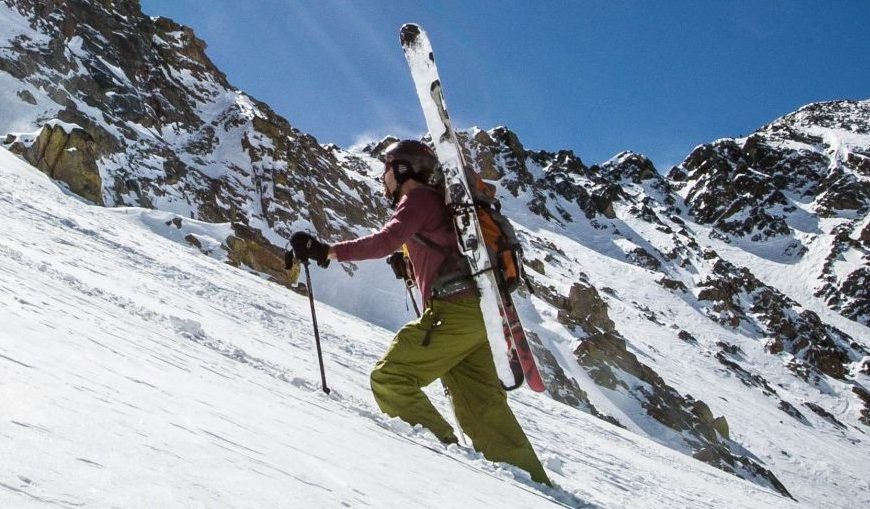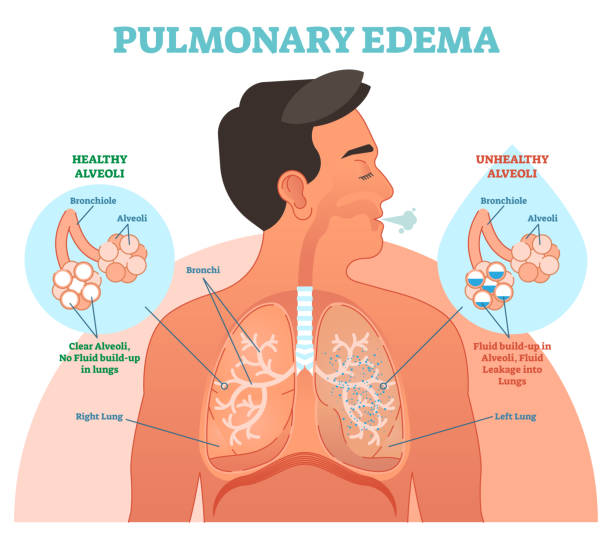
High Altitude Pulmonary edema is also known as HAPE, is a very dangerous medical condition that can be fatal if not spotted early enough. Though it becomes much less fatal if one can spot the symptoms early and get the proper treatment. HAPE usually occurs when those who live in lower altitudes ascend to altitudes above 8,000 ft. To put that in perspective, most of Colorado’s ski resorts base sits at an elevation between 8,000 and 10,000 ft.
HAPE happens from the lower air pressure and lack of oxygen at those higher altitudes. The lack of air pressure and oxygen causes our lungs to start filling with fluid. It can affect anyone but there are certain factors that make some more susceptible, those include:
- Men
- Genetic factors
- Ascent rate
- The intensity of physical exertion
- Peak altitude
- Previous history of HAPE

Normal lung and lung affected with HAPE credit: hunterdonpulmonaryandsleep.com
One should not let the fear of getting HAPE keep them from having a great time out in the mountains. Though there is no direct diagnosis yet, there are symptoms that one should keep an eye out for while ascending the mountain or going into higher altitudes. Here are a few of the symptoms to keep an eye on:
- Weakness or decreased exercise performance
- Shortness of breath while resting
- Chest tightness or congestion
- Crackles or wheezing while breathing
- Rapid breathing and/or rapid heart rate
- Bluing of the skin
If you start to feel or show any of these symptoms and they don’t feel like they’re resolving, the first thing to do is to descend to a lower altitude as quickly as one can. Make sure to stay hydrated and if needed you may need supplemental oxygen and seek medical attention. It is said the best distance to descend is 1,640 feet to 3,281 feet depending on the current altitude and severity of the symptoms. Most of the symptoms will start to dissipate after a few hours, however, some symptoms may linger for a few days.
HAPE is a condition not a lot of people know about it, so it is good to have knowledge of this before heading up the mountains. One way you can avoid HAPE is by letting your body properly adjust to the altitude, by making a slow ascent up the mountain.
If one is worried or possesses any of the factors that make them more susceptible, it may be a good idea to pack a supplemental can of oxygen (which can usually be found in most outdoor shops and shops around the mountain).
